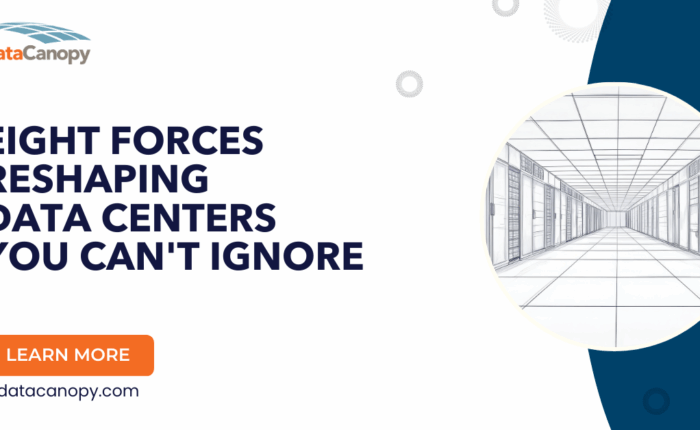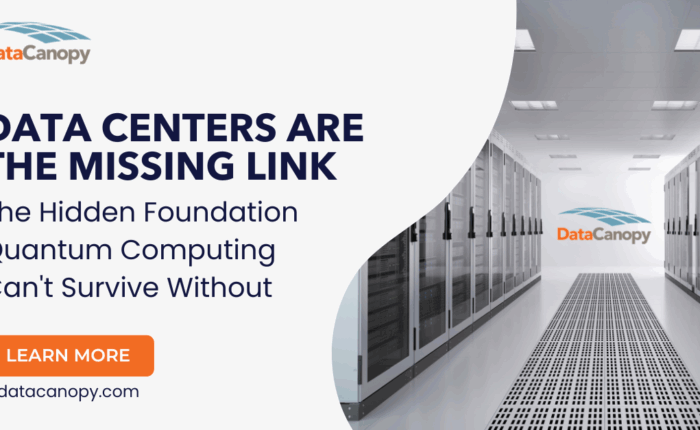If you missed our recent webinar with Adam Thomas, VP of Sales Engineering at Data Canopy, here’s a quick recap of the most important insights. You’ll also find the full webinar recording embedded below for a deeper dive.
The Big Picture: Why Colocation Still Matters
Adam opened by sharing the three main reasons businesses turn to colocation:
- 100% uptime guarantees on power and network.
- Compliance and security requirements that are difficult to replicate in-house.
- Cost efficiency, as building your own data center is rarely practical.
At a time when demand for power is skyrocketing, colocation gives companies reliable infrastructure while meeting regulatory needs.
Market Challenges: A Scarcity Problem
- Demand is surging: Data center power demand is projected to grow 165% by 2030.
- Vacancy is plummeting: U.S. data center vacancy rates dropped from 12.5% to 1.6% over the last decade.
- AI is a major driver: GPU-intensive workloads are consuming far more power per rack than traditional servers, straining existing infrastructure.
This means power, not space, has become the real bottleneck. Prices are rising as supply struggles to keep up.
What Sets Data Canopy Apart
Adam highlighted three differentiators that help Data Canopy clients succeed in this tight market:
- Custom-fit solutions: Optimized to meet real usage needs and avoid overpaying.
- Economies of scale: Long-term power and space leases lock in better rates.
- One hand to shake: A single MSA and invoice across multiple facilities simplifies procurement and lowers legal costs.
Key Strategies for Beating the Market
Adam shared several practical strategies to navigate rising costs and complex contracts:
1. Know Your Power Usage
The biggest mistake buyers make? Not knowing their utilization.
- Overestimating leads to wasted spend.
- Underestimating risks outages or surprise charges.
Tools like managed PDUs or usage reports can help right-size deployments.
2. Choose the Right Pricing Model
- All-in contracts offer predictable monthly bills but may cost more if usage is low.
- Metered contracts can save money if actual usage is below 70–80% of allocation.
Understanding the break-even point is crucial.
3. Watch Out for Contract Gotchas
Adam walked through hidden risks that often catch buyers off guard:
- Escalator fees (3–5% annually adds up fast).
- Utility pass-through clauses that expose you to sudden rate spikes.
- Cross-connect pricing that can double if you connect outside a building.
- Remote hands fees that vary widely and add up quickly.
4. Lock in Long-Term Stability
With prices climbing, shorter 24–36 month contracts are less attractive. Adam now recommends 60-month terms to secure predictable rates and renewal paths.
Final Takeaways
- Reevaluate legacy contracts: Many clients can save by moving away from outdated deals.
- Model the true total cost: Don’t just look at rent and power—factor in all extras.
- Leverage expert partners: The right advisors help you ask the tough questions and avoid costly missteps.
Watch the Full Webinar
For all the details, examples, and Q&A, watch the full recording of “How to Win at Colocation When Space and Power Are Scarce” below:



